Everyone knows what satin is. The word "satin" characterizes not only a garment. From time immemorial, this adjective has been a symbol of brilliance, wealth, sophistication, silkiness. Therefore, satin is known to us as a fabric endowed with luxury and nobility.
Previously, the fabric was made exclusively from natural silk threads, but nowadays synthetic fibers are used to make this material. Thanks to this, the material can be purchased inexpensively, while it does not lose its elegance and always looks chic.
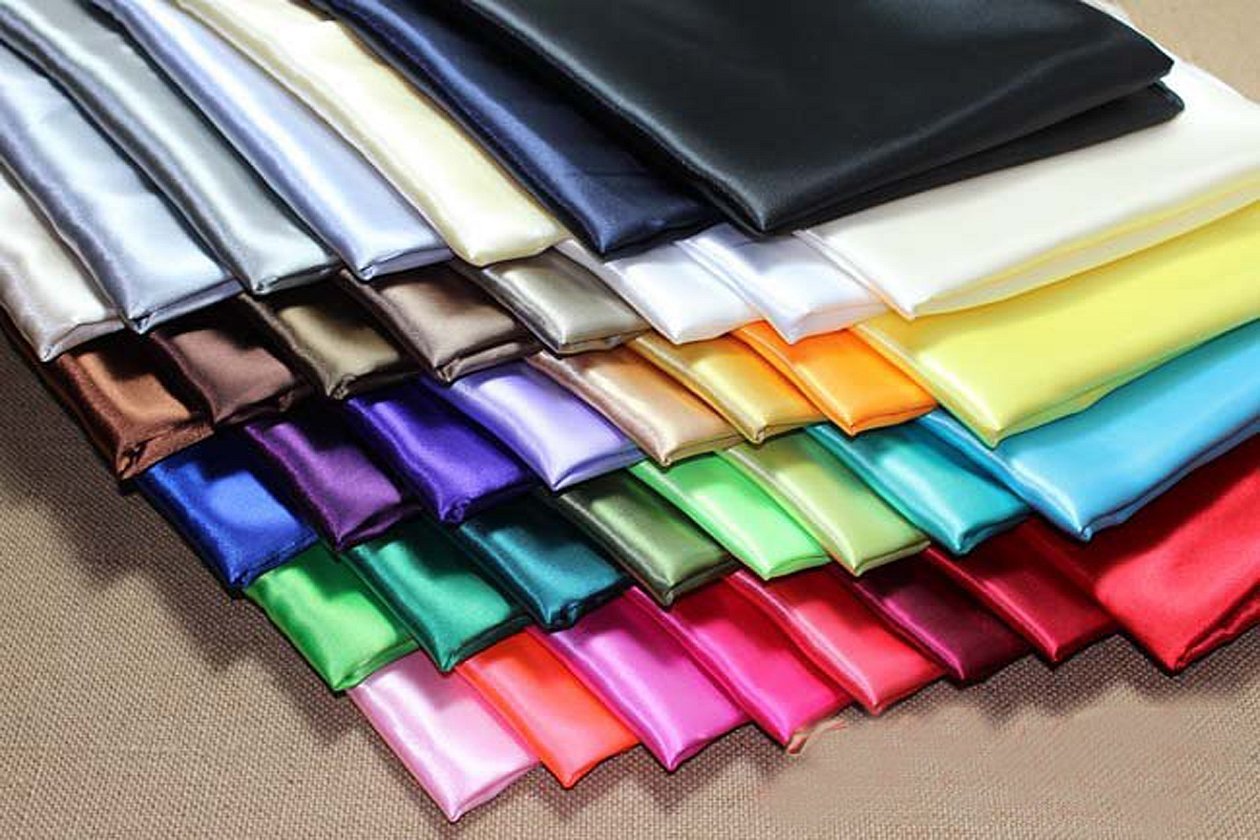
History of production
China is considered the true birthplace of the fabric. It was there that two thousand years ago the mass production of silk fibers was first launched, followed by their export to other countries. Satin is a smooth fabric, so its production technology is similar to silk spinning. Initially, only members of the imperial family had the right to wear outfits made of satin fabric.
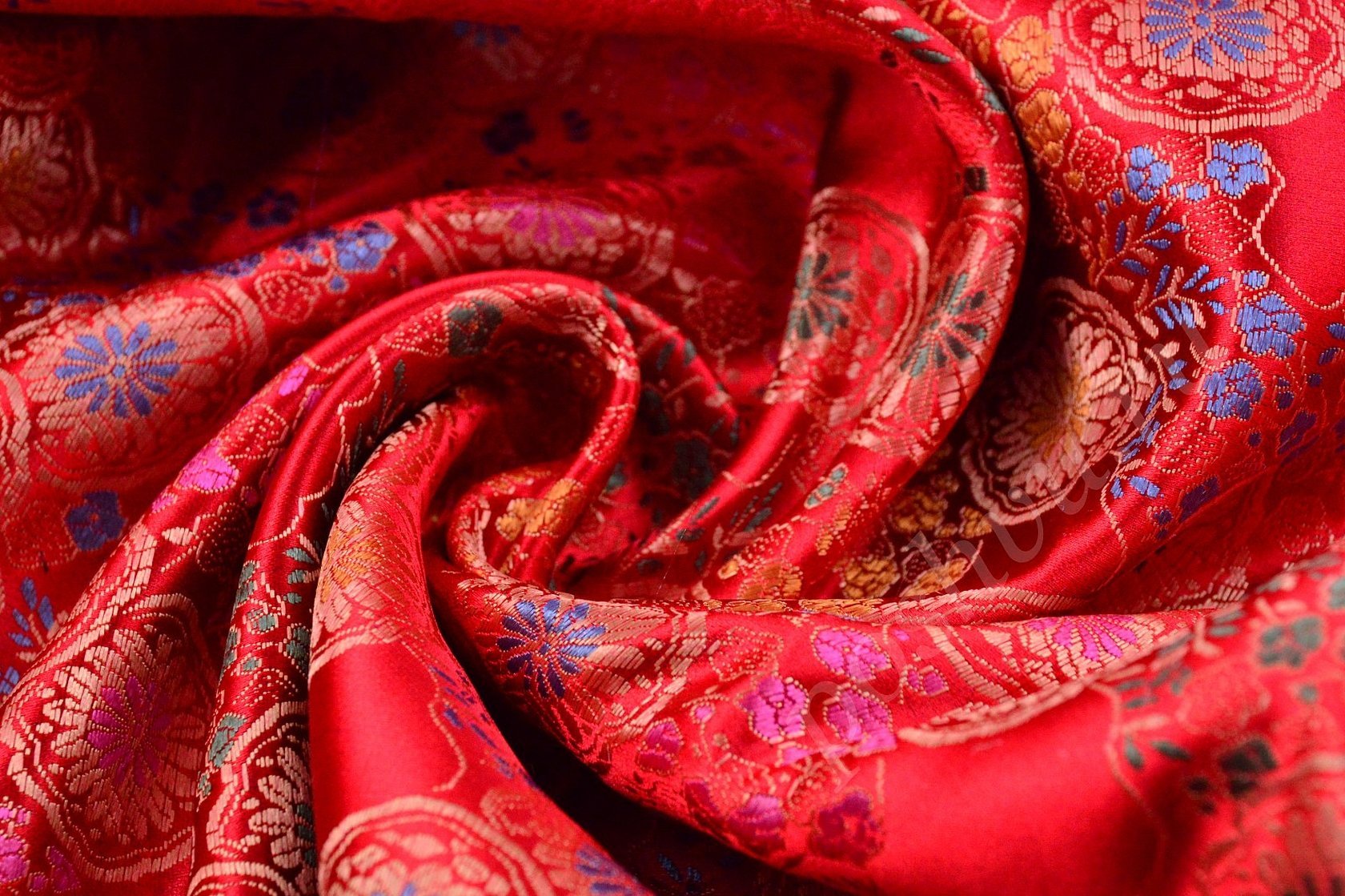
Additional information. Everyone knows the name "The Great Silk Road" - this was the name of the caravan route in China, organized in the Middle Ages specifically for the export of silk from the Celestial Empire.
The twisting method, invented by the Chinese, involves interlacing 7 twisted threads with the warp, each row shifting to the side. This method gives satin its characteristic shine and a matte back.
Over time, Asian countries began producing the material. The fabric was valued everywhere for its smoothness and elegance. And only in the 17th century, when the true weaving secret of the satin fabric composition was revealed, did European countries, including Russia, begin manufacturing it. This is how a new fashion trend was born under Catherine II - silk clothing.
How is atlas material produced?
The secrets of "sericulture" were first revealed by the weavers of Tajikistan, where silkworms are still bred to this day, which produce natural silk. Thanks to the surviving industry, the entire world can appreciate what satin fabric is.
Mass production of satin fabric is done by weaving. The base fibers, running longitudinally, are brought to the front side of the fabric, overlapping the transverse threads of the back, which allows for smoothness. The ratio of longitudinal fibers to transverse fibers is 5 to 2.
Important! There is also a double-sided satin, which has both sides glossy. In this case, two warp threads are used for two weft (cross) threads.
Types and properties of satin fabric
The highest quality is satin made of real silk. Actually, this is what originally showed what satin fabric means. This material is extremely rare on our market and is expensive.

Much more often you can find semi-silk satin fabric - this is a similar material, its composition differs in the combination of silk base fibers and transverse synthetic fibers. Artificial threads are:
- viscose;
- polyester;
- acetate;
- nylon;
- cotton (natural)
Additional information. The most common is artificial satin, produced without the addition of natural silk.
Regardless of the type of raw material used, this material is characterized by the following properties:
- density and strength;
- elasticity;
- rich appearance;
- rich color;
- durability;
- versatility.
If we consider natural satin fabric separately, we can highlight its unique advantages:
- it is pleasant to the touch;
- hypoallergenic;
- hygroscopic;
- has a positive effect on human skin;
- breathable;
- has a thermoregulatory effect.
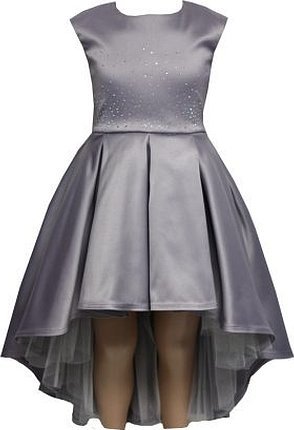
But a significant disadvantage of real silk, in addition to its high cost, is the difficulty in cutting. Also, like all natural fabrics, it has the property of shrinking when washed.
Therefore, the most common satin fabrics are made of artificial fibers. The most popular is stretch, which has the property of stretching. It is easy to adjust to the figure, it is easy to cut and process.
Today, there is a wide range of satin varieties on the market. The method of processing the threads and the order of interweaving the fibers determine what kind of fabric you will end up with:
- dupont atlas
- jacquard;
- double-sided;
- matte;
- crepe satin;
- satin;
- fabric dense satin
- embossed;
- with applied ornament;
- with embroidery;
- stretch (with elastane);
- Crash Atlas (French).
Types of patterns
The texture of the material comes in two types: smooth (monochromatic) and with an ornament.
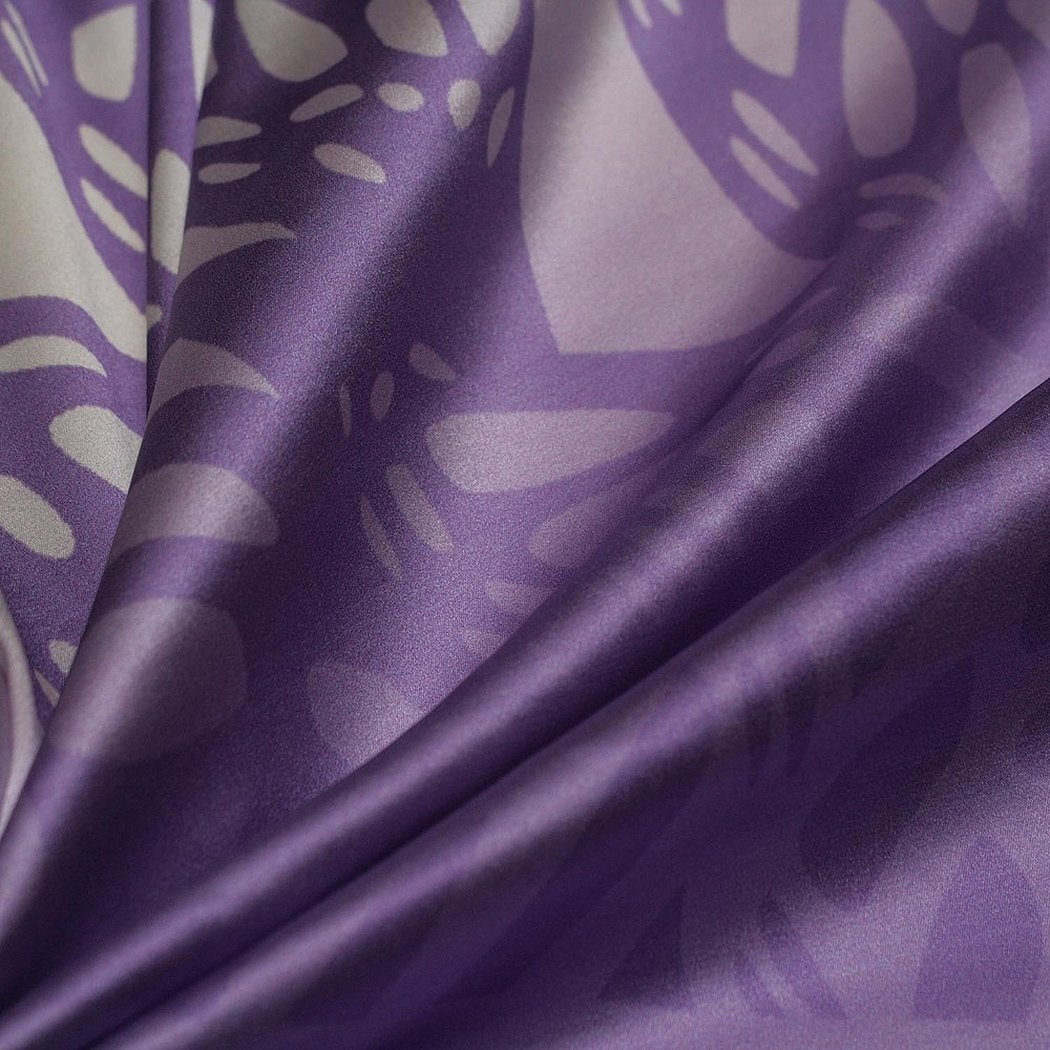
The required pattern is applied using one of the following methods:
- Embroidery. A pattern is applied to the woven fabric using an embroidery machine.
- Embossing. A special thermal roller performs engraving on the fabric, creating embossing.
- Printing. Rollers with dye apply the corresponding pattern to the woven material.
- Jacquard. Here the pattern is obtained by interweaving threads of other colors.

Application areas
The versatility of satin makes it possible to use it for many purposes. Basically, this material is used to sew elegant items of women's wardrobe - dresses, skirts, blouses. It is also popular for sewing oriental-style robes, home pajamas, bed linen, curtains, drapes and other items of comfort in the home.
Natural material is used mainly for finishing "elite" wardrobe items - stoles, ties, tuxedos. Also, exclusive and expensive items of exquisite interior are sewn from real silk.
What is satin sewn and where is it used?
The list of things that are sewn from satin is extensive. This fabric is widely used for:
- creation of clothing items - dresses, blouses, shirts, trousers, suits, underwear, as well as wedding, prom, evening dresses;
- when sewing accessories, details of the image - ties, bow ties, bags, wallets, umbrellas, hats, hair decorations;
- as a lining for outerwear items - fur coats, coats;
- for creating carnival costumes for children's parties, theatrical and circus performances, for sewing pointe shoes;
- When creating interiors, satin is used to make curtains, throws for upholstered furniture, bed linen, drapery, lambrequins and other household items.
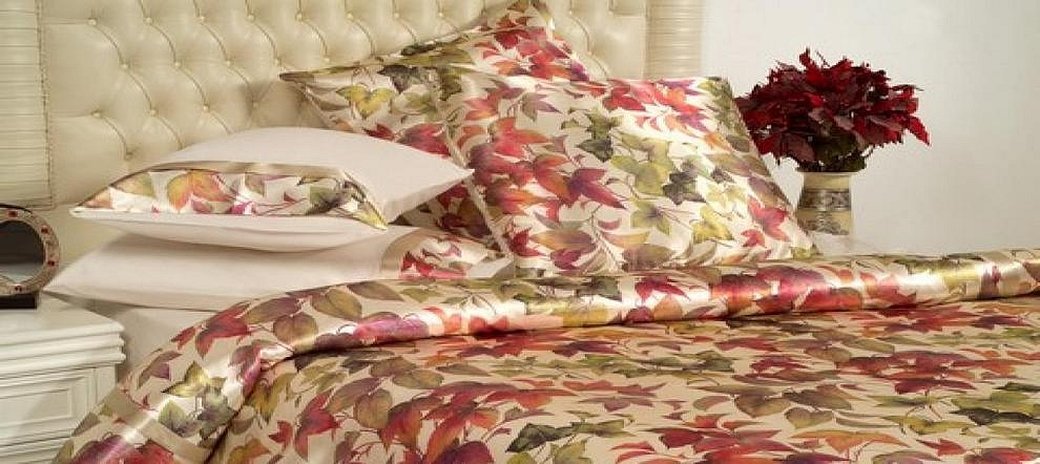
Proper care for beauty and durability
Satin is a very delicate material. Only proper care and careful handling will preserve the properties of the fabric for a long time. When purchasing a ready-made item, it is necessary to carefully follow all the instructions specified by the manufacturer on the label.
There are several simple rules for caring for satin fabric. First of all, it is recommended to wash the item by hand, at a temperature not exceeding 30C, and it is advisable to use powder or gel for delicate materials. The satin product should not be wrung out - only blot with a dry towel.
Important! To ensure that your satin item retains its shine and rich color, rinse it in cold water with vinegar after washing.
The material can only be ironed from the inside out, using a protective cloth or a special mesh for this purpose. It cannot be treated with steam or ironed at high temperatures.
It should be noted that some silk products are dry clean only.
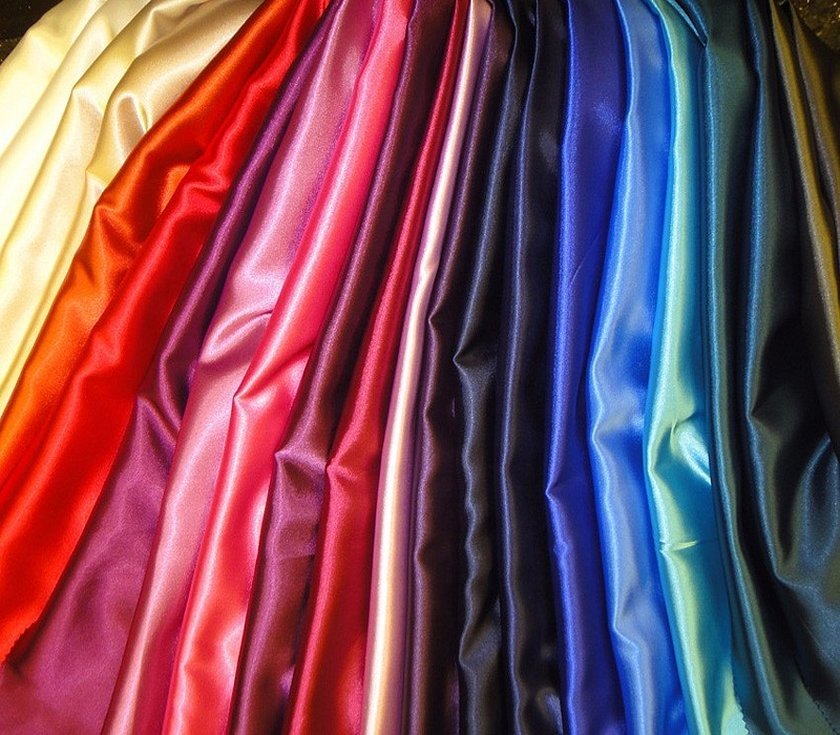
Pros and Cons of Using an Atlas
The advantages of the material include:
- antistatic effect. Atlas does not become electrified, does not stick to the body (the only exception is completely artificial material);
- strength and density;
- eco-friendliness. The fabric does not cause allergies, does not “stain” and does not cause dermatitis;
- hygroscopicity. The material perfectly absorbs moisture, while drying quickly; breathable properties;
- elasticity. Can be draped into any shape, creating beautiful folds without creases.
Disadvantages of the atlas:
- delicate and fragile. It requires careful care, otherwise it will lose its properties;
- unpredictable when sewing - may crumble;
- has an impressive weight.
However, given the many advantages of this fabric, the disadvantages of satin can be neglected in favor of its beautiful appearance and pleasant texture.
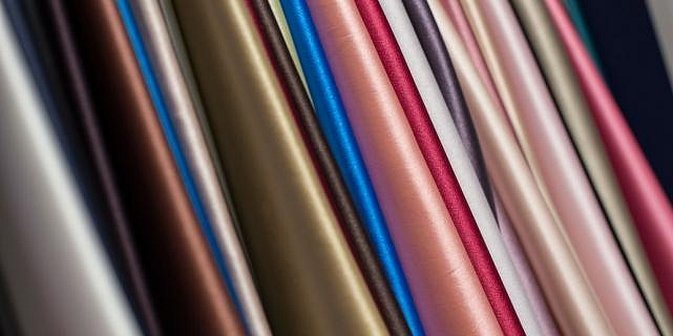
Retail price per meter of fabric
Depending on the composition of the material, the manufacturer and the type (for example, crepe satin or jacquard fabric), the price tag for it will be in the range from 200 to 3000 rubles per 1 meter of fabric* at retail.
*This pricing policy is valid as of June 2019.
Customer Reviews
Elena writes: "I bought satin for sewing bed linen. Despite the excuses of friends, supposedly it is uncomfortable to sleep on a satin bed - this is nonsense! The fabric is incredibly pleasant to the body, in the hot season it keeps cool, and in winter it is very warm and cozy! Plus, the bed looks royally chic and rich in the bedroom. I have already sewn three sets for myself!"
Oksana writes: "I sewed lovely long robes in oriental style from satin for myself and my husband - family look! Very cool and comfortable, they look great and expensive))) The guests are delighted! And most importantly - it turned out much cheaper than store-bought ready-made robes!"

Kristy writes: "I used satin fabric for a bridesmaid dress. My seamstress was delighted with the quality of the fabric, not to mention the dress turned out just wonderful. The color matched the wedding theme perfectly! The only thing I was afraid of was that the fabric seemed thick, and it was supposed to be a bit hot (August), but I was wrong - satin is wonderfully breathable, and I felt very comfortable in this outfit! Girls, the fabric is superb)."
Elegant satin always looks chic and attracts attention. This fabric can transform, emphasize advantages, add sophistication even to everyday style. Despite the appearance and composition of satin, with careful care this material will retain its impeccability for many years.




